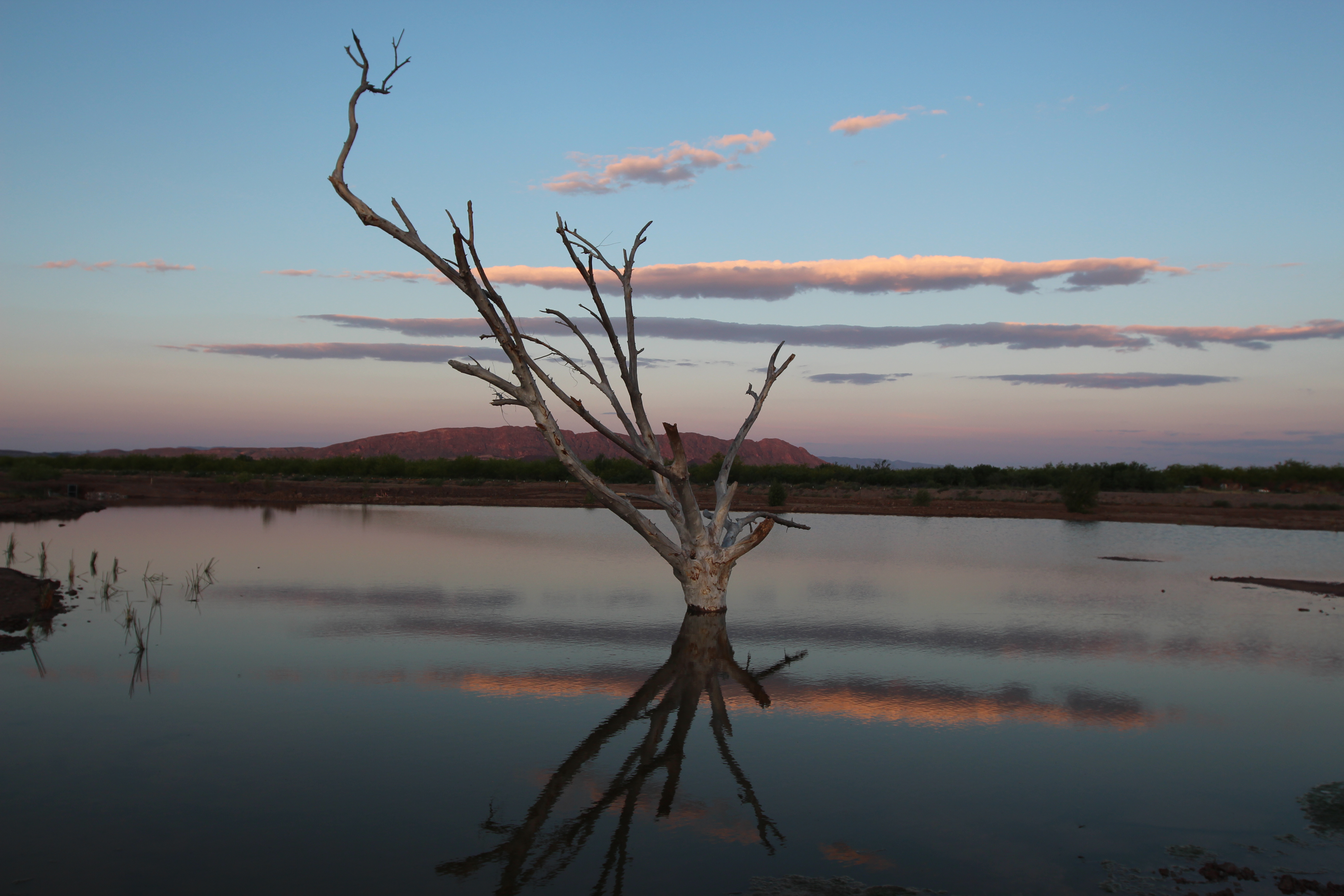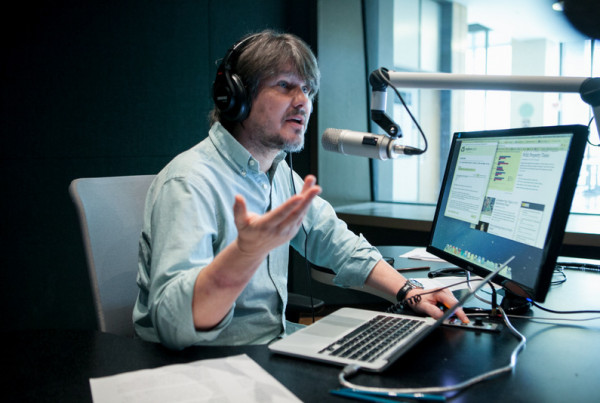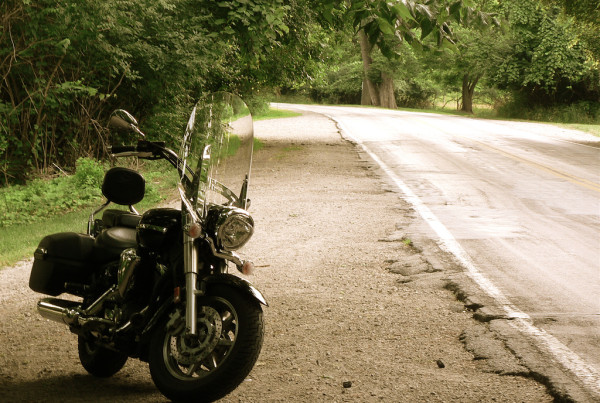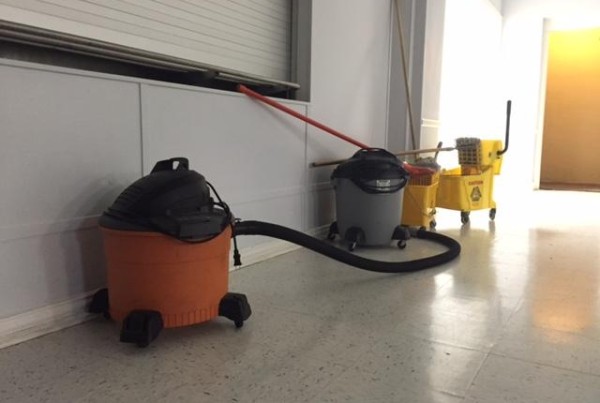This story originally appeared on Fronteras.
A man-made wetland is now under construction on the Rio Grande, the first on the Texas-Mexico border.
And this new wetland will be the first on the Rio Grande to use treated wastewater to restore habitat. This comes as Congress is considering a bipartisan bill to extend funding for the construction of wetlands.
The Rio Grande has lost huge swaths of bird and wildlife habitat because water has been diverted for farming and human consumption and the population of the Southwest has grown exponentially.
The new man-made wetland leverages geography and a blend of private and federal funding.
Several years ago, local politicians approached the landowner, Terry Bishop. They told Bishop they wanted to funnel treated wastewater from a nearby sewage treatment plant across his land.
Bishop agreed on condition he could divert and use some of that water for his own purposes should he ever want to.
Ultimately, he and a group of like-minded individuals decided to create a new wetland along this section of the river.
“The city came to me, then we just took it from there,” Bishop said.
“This place isn’t just for the birds to land and have a drink of water,” he said. “We’re planting things where they can nest and places for them to eat and have them stop by.”
The majority of the more than $75,000 needed to grade and design the earth and then fill it with tertiary treated waste water is funded by the North American Conservation Wetlands Act.
The Act issues matching grants to build wetlands in the United States, Canada and Mexico.
“I know it’s going to be good for the wildlife,” said Bishop of the wetland in Texas.The wetland is formally known as the BJ Bishop Wetland, named for his father, Bille Joe Bishop, a highly respected man along this part of the border.
There are two functioning or planned man-made wetlands on the Rio Grande. They’re in New Mexico.
The working wetland is at Bosque del Apache National Wildlife Refuge, another is under construction near Las Cruces.
But the Texas version is the first on the Rio Grande that recycling treated wastewater.
Fred Phillips is the landscape architect here.
“A month ago when they were doing the grading, there was no birds,” he said. “We put the water on the field now, this week I saw avocets, black-necked stilts, mallards, killdeers.”
“It’s a sanctuary already, you know, the water’s back,” Phillips continued. “The life is coming back.”
The foreman on the wetland project is Michael Meihaus. He’s planting hardy native species like bulrush to define the contours of the wetland.
“We’ve got mesquites, cottonwoods, willows,” he explained as he slogged through a mix of mud, earth and water to plant.
Those native species have another purpose. They provide nourishing seeds for birds landing here.
“This is just a catalyst for Mother Nature to take over,” Meihaus said. “All we’re doing is giving it a head start.”
Ryan O’Shaughnessy is a research scientist who studies wetland management at the Borderlands Research Institute at Sul Ross University in Alpine, Texas.
“It’s not just wildlife that benefits from these wetlands,” he said. “We need to look at these wetlands as the kidneys of the landscape. Wetlands are fantastic at absorbing a heck of a lot of water, filling up and they release the water very, very slowly back into the river.”
O’Shaughnessy said destroyed or compromised wetlands played an unfortunate role in flooding that unfolded after Hurricane Katrina hit New Orleans in 2005. There weren’t wetlands in place to absorb floodwater barreling down the Mississippi River before it hit the city.
O’Shaughnessy explained how the presence of wetlands might have mitigated the hurricane’s fury.
“What happens is that you don’t get this huge flood pulse of water barreling down the river and getting dumped out at the first place place it can, which (in 2005) was New Orleans,” he said.
“This is a special project,” said Texas wetland foreman, Michael Meihaus. “There’s not a whole lot of things happening on the Rio Grande like this and if we can get people to see what the possibilities are, then we’re doing our job.”
California’s Central Valley hosts a man-made wetland and, in Arizona, there’s the Tres Rios Wetlandnear Phoenix.
But this Texas experiment also has an economic imperative. This is a hardscrabble part of the border. Tourism is a major driver of the economy.
And now that migratory birds are discovering a new protected stopover on the north-south flyway, project backers hope that birders and their tourism dollars also show up in droves.
This story comes to us from the Fronteras Desk, a collaboration of NPR stations in the Southwest reporting along the U.S.- Mexico border.















